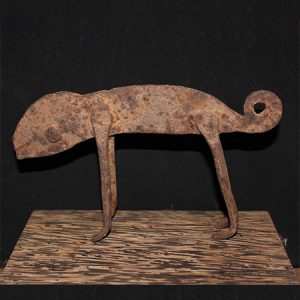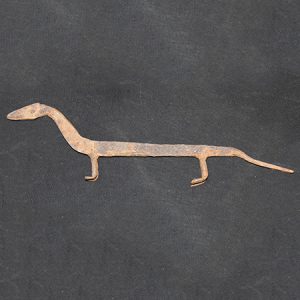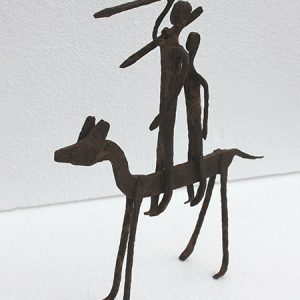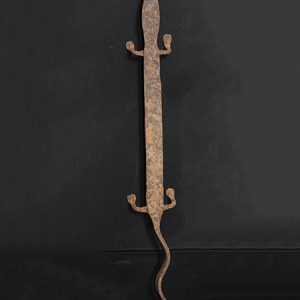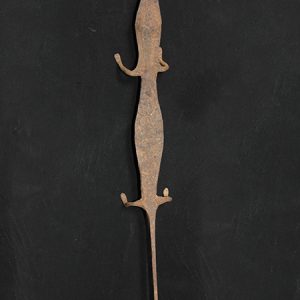Lobi Tribe
Burkina Faso
About 160,000 Lobi people live in Burkina Faso, Cote D’Ivoire and Ghana. They occupy defensible compounds with narrow openings and fairly high walls. They are primarily agriculturalists, growing maize, sorghum and millet. Villages are comprised of several compounds living under the rules, protection and beneficence of a particular deity, thil (plural thila), associated with their land. Each family compound has at least one presiding thil. Social behavior is regulated and adjudicated by these thila, whose will is passed to ordinary people by priests and diviners. It is thila, for example who order sculptures and other art forms to be made.
Lobi arts include a wide variety of small human and animal images, implements and more abstract symbols in copper alloy and iron. Some of these are worn as jewellery, ordered by a deity and for the most part are protective or appear in shrines. Although their iconography is not fully known and the Lobi themselves have ambiguous interpretations of their imagery, regional variations exist. What is clear is that these small sculptures have fairly specific work to do for the thila.
Figures with two heads represent deities whose ability to see in several directions at once makes them exceptionally dangerous and powerful. Small human figures fight against witches, sorcerers or other invisible dangers, while chameleons bring riches and prosperity. Snakes appear in many sizes and shapes worn on different parts of the body – strapped to the lower legs or as bracelets or chest ornaments and serve in offensive and defensive roles.
Bibliography
A History of Art in Africa (2000), London: Thames & Hudson, pp: 155 – 158
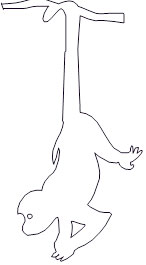
 0 items
0 items 